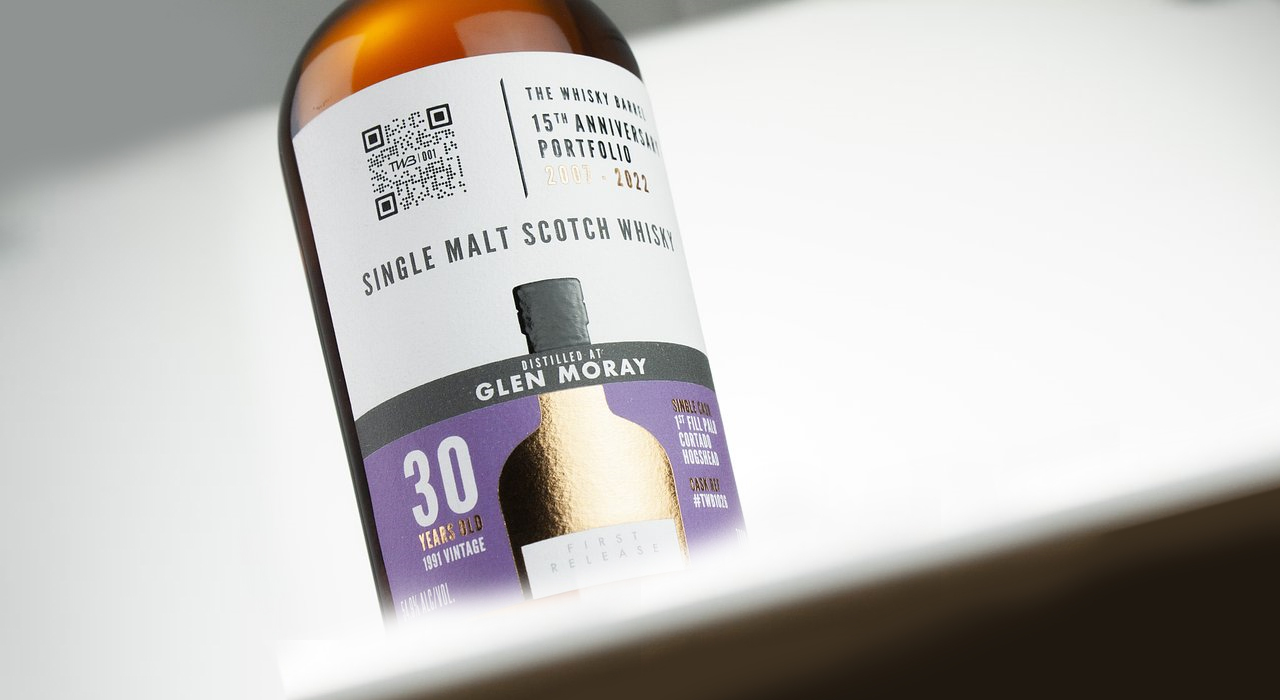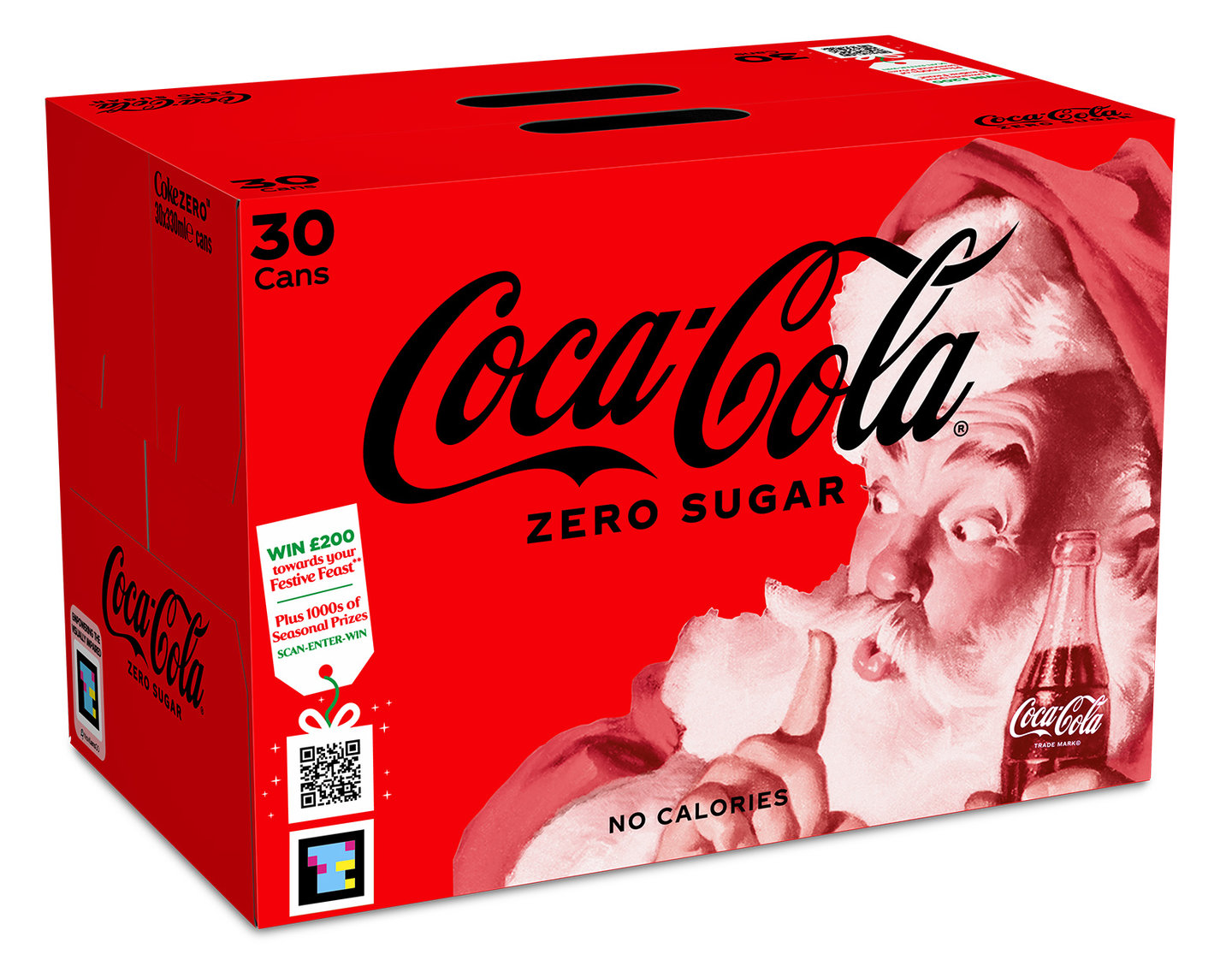
Smart packaging
How drinks brands are using smart packaging
Technology based on the almost 30-year-old QR code remains central to brands’ efforts on smart packaging, writes Conor Reynolds.
The beverage industry deploys smart packaging on consumer-facing products to activate augmented reality content, showcase sustainability and highlight provenance.
However, much of the tech relies on a Japanese invention from 1994, the QR code, with the often low-cost, high-volume, drinks sector not always proving the right fit for chip-embedded packaging.
Three basic, underlying, technologies make up modern smart packaging: radio-frequency identification (RFID), near-field communication (NFC) and QR codes.
RFIDs are low-power, low-cost chips that can gather data or ping devices. While roughly 28bn of these were deployed across the world in 2021, they are rarely used in consumer-facing ways in the beverage sector.
RFID chips are used in supply-chain logistics where they can be used as a replacement for barcodes, allowing 1,000 items to be accurately registered every second. Similarly, NFC tags, accessed via mobile devices, are rarely used on beverage packaging due to the average cost being around US$0.20.
Instead, in the beverage sector, the most common of the three pieces of tech that underpin smart packaging is the QR code, a two-dimensional barcode that activates a function on smart devices, from an instant link to a website to the activation of augmented reality content.
Engaging the consumer
Beverage brands are using QR codes in a variety of ways, from providing consumers with quick links to nutritional information or grabbing their attention with interactive promotional content.
Last year, The Coca-Cola Co. launched its ‘The Real Magic’ marketing platform, of which a major part was a companion application that allowed users to engage with online and augmented reality content. The group’s Starlight CSD bottle gave consumers, via QR code, access to an augmented reality experience where singer Ava Max sung tracks from her albums against a cosmos backdrop.
Meanwhile, as part of Diageo’s marketing for its Tanqueray No. Ten gin brand, the spirits giant devised a digital cocktail concierge service that consumers could access via a QR code on the drink’s packaging, which led to a website where they can learn to make cocktails and connect with brand ambassador Stanley Tucci.
Ama Guglielmino-Brady, Tanqueray’s global senior brand manager, says digital technology is “now constantly adding a new dimension to what packaging can be and how it can add to the overall experience”.
She adds: “With a desire to engage, explore and intrigue the consumer, the future of packaging will play a large role in taking the consumers ‘beyond’ the unboxing and should immerse them into the ‘world’ of the brand and offer them a secondary experience.”
Another Diageo brand, Johnnie Walker Scotch whisky, has created a label gift set for its Black Label blend that links to an augmented reality step-by-step cocktail guide, so the user can see it made in their own kitchen space.
“AR is a great way to reach new consumers and provide them with a fun way of trying the brand, but it can also be a great tool for retaining customers and building brand loyalty,” Will Harvey, the global digital innovation manager for Johnnie Walker, tells Just Drinks.
However, he adds: “You need to make the AR experience entertaining for the consumer. They want to experience community, variety and, overall, an enjoyable experience that they want to try again.”
Accessibility and provenance
Smart packaging based on QR codes can also be a way for brands to make their products more accessible. During the December holiday period, Coca-Cola Europacific Partners worked with the technology firm NaviLens to release a series of retailer multipacks that contained codes detectable by the camera of a digital device. Once scanned, the NaviLens application contextualises the pack information in a format accessible by sight-impaired users.

“People with sight loss should have the same access and choice as our sighted counterparts but, currently, important information on packaging can often be in very small print, making it difficult or impossible for us to read,” Marc Powell, accessibility innovation lead at the Royal National Institute of Blind People, says. Technology like NaviLens, he argues, helps to equalise the retail experience.
Other firms are QR-based technology to create an immutable line of record and origin, particularly for high-end products. Whisky distillers, for example, are looking to set up online ledgers or digital certificates.
We are frequently asked by our customers in Asia who value the provenance of the Scotch whisky they are buying above all else.
UK online whisky retailer The Whisky Barrel uses a digital certification system to help reduce the risk of counterfeit products. Digital certificates are stored on a public online ledger that is distributed across systems using blockchain technology. Activated by a QR code, the certification helps to provide the buyers of premium products proof of provenance and ownership.
“We are frequently asked by our customers in Asia who value the provenance of the Scotch whisky they are buying above all else. This method of certification helps to alleviate these concerns, especially when they are purchasing online,” The Whiskey Barrel founder Alastair Brown tells Just Drinks.
“We are currently only applying this to our own Scotch whisky casks but the same authentication method could be applied to any spirit. If we look at Waterford Distillery in Ireland as an example, they have implemented a field-to-bottle approach using this method of authentication.”
Heineken, meanwhile, has trialled an initiative using blockchain for different reasons. In 2019, the brewing giant ran a pilot programme that traced a batch of hops through its supply chain and captured environmental data such as water and fuel consumption. On the consumer end, a user could scan a QR code on a bottle and access data that displayed the exact location and year of when the hops were cultivated. It is unclear what results and learnings the Amstel brand owner derived from the trial. Just Drinks has approached Heineken for further comment.
Challenges and the future
One of the biggest challenges and goals for drinks brands deploying smart packaging is that it must cheaply and efficiently perform its function. The underlining technology is still nascent and the results of trials are hit and miss. Moreover, the beverage industry’s end-users may be the hardest to engage with as they often are consuming low-cost products that come in single-use packaging.
Nick Dormon, MD of the UK-based brand design and innovation agency Echo, says one problem is companies in different industries are using the tech in different ways.
“Consistency and simplicity are essential if the average consumer is to engage over any length of time, so we can’t continue with this mess of trials and dabbling. We need to get organised,” he argues.
“On top of all that, we have the regulators starting to stipulate what you can and cannot say and do with digital communication before it has even had a chance to mature.”
The beverage industry remains heavily reliant on the use of QR codes to engage its customers with digital content through the packaging it creates. It’s not cost-effective to deploy packaging that requires a chip to be implanted into each product; the volumes are simply too high.
However, even the implementation of QR codes poses problems. Rob Brown, head of European business development for professional printing at UK-based OKI Europe Ltd says: “QR codes need to be detailed and sharp so they can be easily read by a smartphone. It may also be the case in the future that colour QR codes start to be introduced as a way to expand on the current range.
“Producers will need in-house labelling technology to produce exactly the label type needed at the exact time that they are required, rather than waiting for them to be delivered by a provider.”
I can see digital gifting, personalisation and tailor-made virtual experiences heading into the metaverse
And, of course, the use of the tech depends on the size of a company. Nevertheless, industry watchers see the deployment of smart packaging growing as other technological advancements are made.
“I can see this trend of digital gifting, personalisation and tailor-made virtual experiences heading into the metaverse, as the boundaries between digital and physical blur, and brands seek to create elevated experiences whilst continuing to reduce the amount of material in their packaging,” says Suzy Shelley, materials and sustainability technical lead at UK-based creative and brand design agency Pearlfisher.
Shelley argues smart packaging can underpin a brand’s broader sustainability efforts. “Consumers are getting savvier and warier of greenwashing. There is an opportunity for smart packaging to record and track the journey of a product and its packaging throughout the lifecycle. Increasing transparency and brand trust by giving real-time accurate information on a product’s history, water use, energy use, carbon footprint and mileage”, she asserts.
Other types of smart packaging tech, such as RFID and NFC, is present in the beverage industry, but principally further up the supply chain to help in production, logistics and distribution. At the consumer end, the tech centres on QR codes but, even so, brands across categories are using such packaging devices for reasons of marketing, provenance and sustainability. It seems likely consumer-facing innovation will remain centred on a tech developed almost 30 years ago.